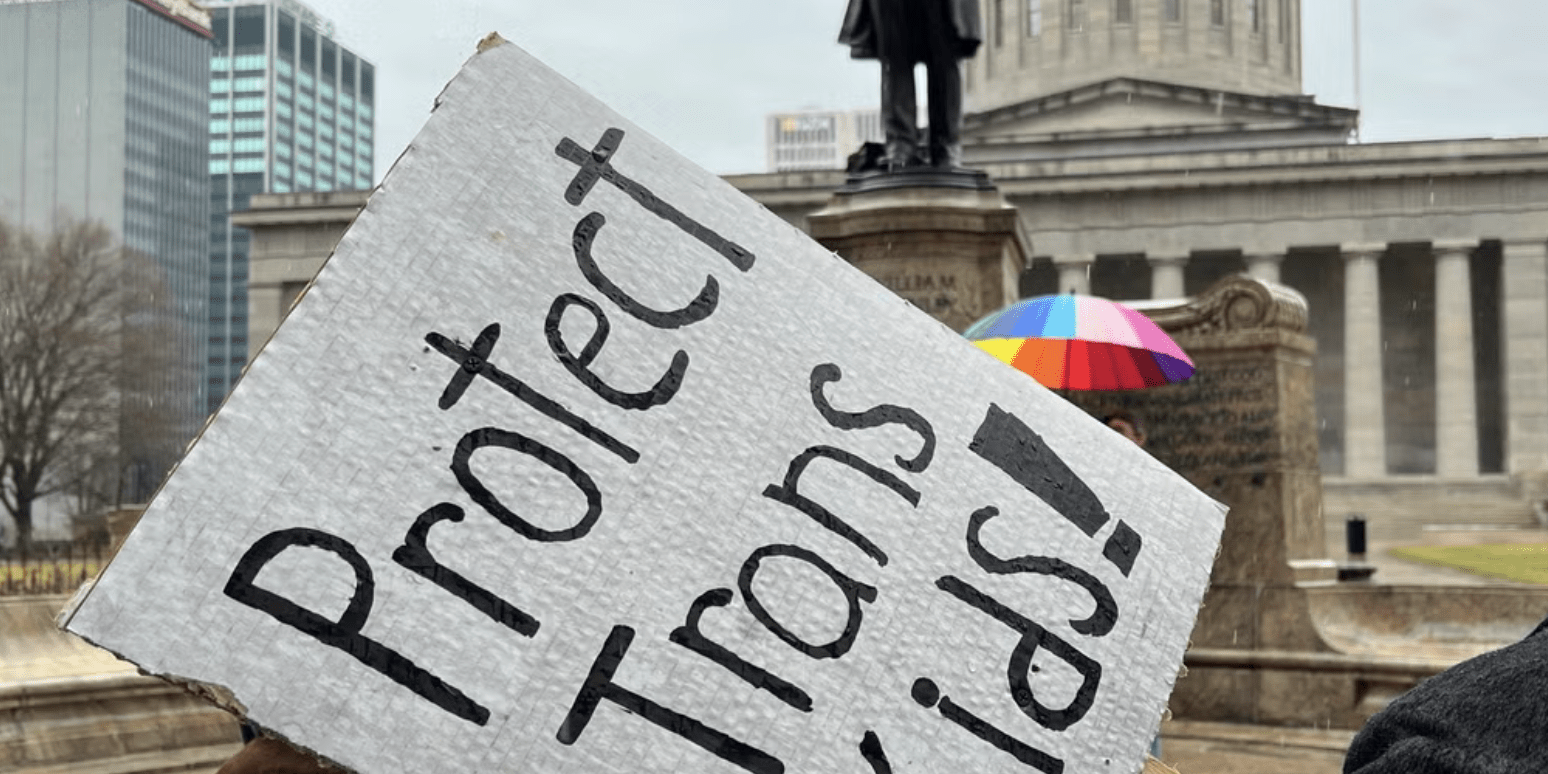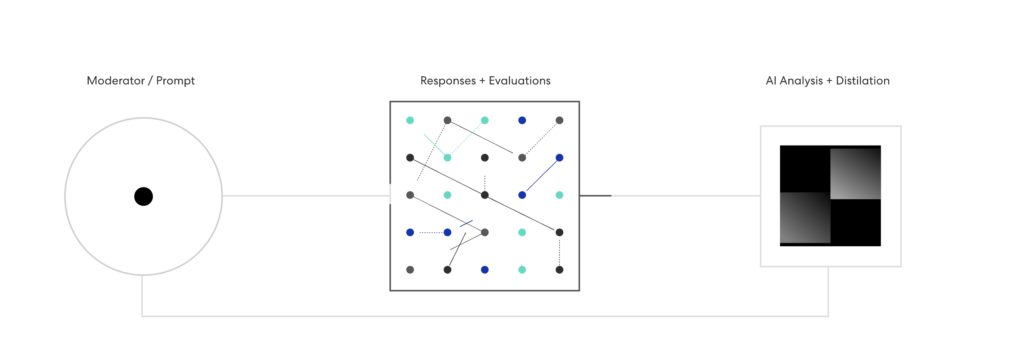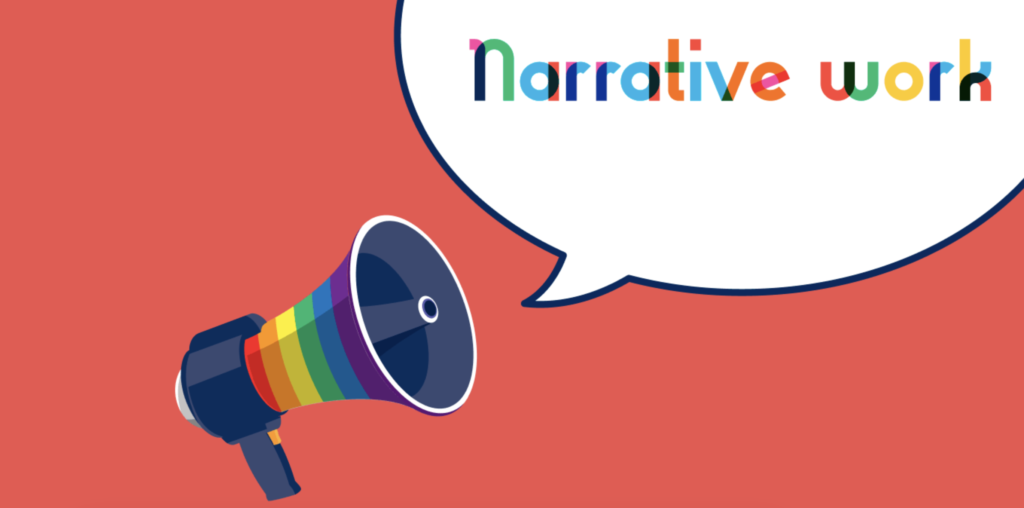Adrienne, you recently released the outcomes of a research project that aims to make recommendations to US politicians on how to talk about trans issues during the elections. I am sure our readers are curious about the main discussion points highlighted by your research.
First of all, we have to be clear that our aim is not to advocate for the most progressive agenda on transgender issues. Trans-led organizations are doing this, and they play their role well. Our objective is to identify what positions and arguments people from the “moveable middle” can currently absorb, people who are conflicted on the issue, or people who don’t hold strong views but are susceptible to falling for disinformation and propaganda spread by the opposition.
So, what are your general insights?
On the issue of healthcare for transgender young people, research findings recommend focusing on who should get to make these decisions, parents, families, and doctors, and focus specifically on parents wanting to care for their child.
When speaking to the issue of requiring schools and teachers to report kids for being gay or transgender to their parents (known as “forced outing”), research findings recommend to invoke the shared value of keeping kids safe and show empathy for the emotional burden this places on teachers.
As for bathrooms, thinking about public bathrooms is generally unpleasant, so it does not help us to spend time talking in detail about bathroom policies. Research findings recommend that politicians focus on calling out opponents for pushing bathroom bans to score political points, when they should be focusing on higher-priority issues (i.e., improving the economy and addressing rising costs).
On transgender participation in sports, research findings recommend emphasizing that local schools and athletic leagues should make these decisions, not politicians.
Read the Full Briefing paper
As you mentioned at the start, these findings are not exactly in line with the advocacy agenda of the transgender-led groups. How do you navigate this gap?
First, by being very clear about the aim, remit, and mandate of our work. We are not here to duplicate what transgender organizations are doing. We are here to help politicians resist the relentless attacks from conservatives on this issue. We are adopting a more “inoculation” tactic than an advocacy approach.
We are addressing conflicted people, so we speak to their conflict and their values. There is a general understanding that, especially in these electoral contexts, we have to take account of people’s concerns until they reach a point where they can absorb more forward-looking frames, for example, the “trans joy” frame.
Secondly, we had a strong advisory committee on the project, which involved prominent transgender activists and experts in order to ensure that no framing recommendation could be harmful for transgender people or could undermine the efforts of transgender organizations to promote an affirming, proactive agenda. It was important to have a solid “do no harm” approach.
What was the research methodology?
We started with a literature review on messaging recommendations with the knowledge that additional work would need to be done to provide elected officials and candidates with messages for use in a more electoral context. So we did a “quick and dirty” test with randomized controlled trials to rank our messaging hypotheses. From there, we decided to start with qualitative research to identify possible frames and arguments. First, we did a metaphor elicitation analysis, then we did three focus groups with members of specific demographics* who were screened against particularly strong opinions (pro or con) on the issue to make sure we did not include advocates of either side.
We also conducted an AI-assisted focus group with 50 participants with the remesh.ai platform, which allows for a different approach, closer to that of social listening. This is all the more important as I am a strong believer that there is a big gap between what people say they think and what people actually feel.
THIS ARTICLE provides more details on AI-assisted technology to conduct focus groups
When we had identified possible frames, we conducted a text-to-web poll to get quantitative insights on how these frames resonated. Our recommendations are based on these.
The research was overseen by the advisory committee of course. We were also helped by a specific research committee composed of eight representatives from Democratic pollster companies that helped us to integrate other pieces of research and assisted us with the dissemination of our findings.
In the advisory committee, it was essential to have two clinical psychologists and a cognitive linguist to contribute to the analyses, as well as support from one of our team members with expertise in metaphor elicitation.
My own longtime experience in reproductive rights advocacy has also helped us connect the issue-focused frames to broader social narratives.
*White non-college women, Black men, White college-educated men
How did that consideration of the narrative level impact the recommendations?
We are clearly facing the same “playbook” from the opposition on trans people and on teproductive rights, among others, so it’s important to focus on the overarching principles we want to defend, but there are limits and also, let’s be honest, conflicts: for example, while we want to defend the narrative of bodily autonomy, and the value of freedom in general, this is a value that is difficult to bring forward in the debate on children, on which the approach is through the frame of parenting. This is not the time to do in-depth work to change the social narratives. We have to work within the existing ones and make sure we play with the best we currently have.
The various issues within the trans debate come from different narrative spheres, especially when we talk about young people, so we have to drive different narrative frames.
You can access content on the full approach to narrative work in our free online course
How will these recommendations be disseminated?
We frequently give presentations in political arenas for which there is a lot of demand, and we are working in partnership with many national groups that support politicians and who have chapters at the state level, like Progress Now. Of course, we concentrate on swing states and states where the debate on transgender issues has been particularly toxic.
How will you monitor whether these recommendations are applied and what their impact is on the target audiences?
We will do some tracking of elected officials and other thought leaders who effectively use our recommended messages, and also more generally we will monitor the attacks and the frames used by the opposition.
We are currently creating videos where actors demonstrate the recommended frames and respond to attackers. These videos will be used in further testing to see how people relate to conflicts that mirror real-life situations that occur during electoral debates. This will help to refine the best ways in which the frames and messages can be delivered.
Do you have any final reflections on the project?
The project is definitely serving its purposes and filling a very obvious gap. The downside is that it had to be turned around very quickly for use during the electoral period. We only had six months to complete the entire project, whereas each sub-issue really merits its own research process. Hopefully, this might still happen in the future.









